Flexible couplings are mechanisms that connect equipment to shafts so that they can transfer torque/transmit power. In addition to torque transmission, they maintain constant velocity while sending mechanical power from one shaft to another, permit axial movement of one shaft while limiting thrust on the other, and compensate for misalignment while limiting power loss and stress. Flexible couplings contrast with rigid couplings (rigid shaft couplings), which connect shafts with a linear alignment. Read More…
Our shaft couplings are the best around! Not only do we provide you with exceptional levels of customer service but we also provide you with manufacturing and a repair service that you can count on. We are also capable of providing you with special designs. That’s right! Our design team will work closely with you in order to ensure that you are getting the product that will fit your specific...
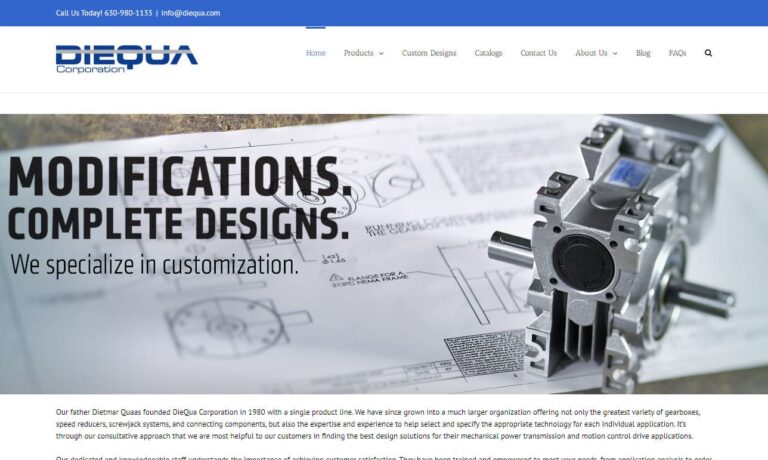
Here at Renbrandt, we take great pride in our role as a trusted provider of shaft couplings, offering a diverse range of products, services, and capabilities to meet the diverse needs of our valued clientele. With our unwavering commitment to excellence and extensive expertise in shaft coupling technology, we stand ready to deliver innovative solutions that excel in quality, reliability, and...
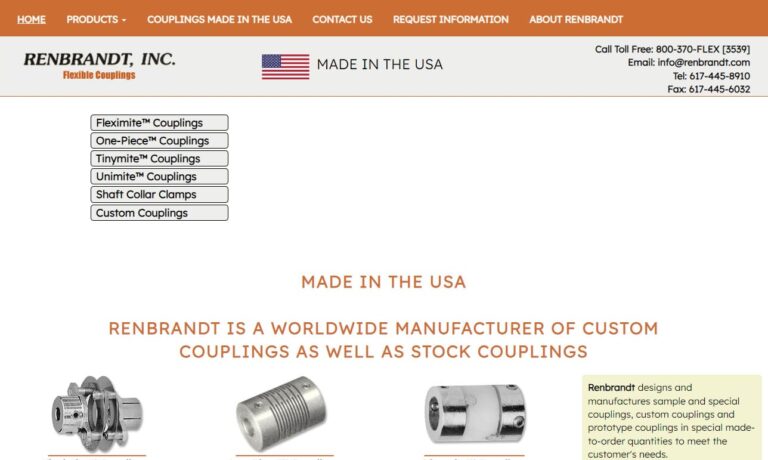
Hersey Clutch has been in business since 1963. With that kind of background and experience we have become leaders in application engineering. We specialize in finding solutions to our customer's problems regarding industrial power transmissions, brakes, clutches, couplings, universal joints, gearboxes, speed drives, friction material, crane electrification and more. Let us help you today!
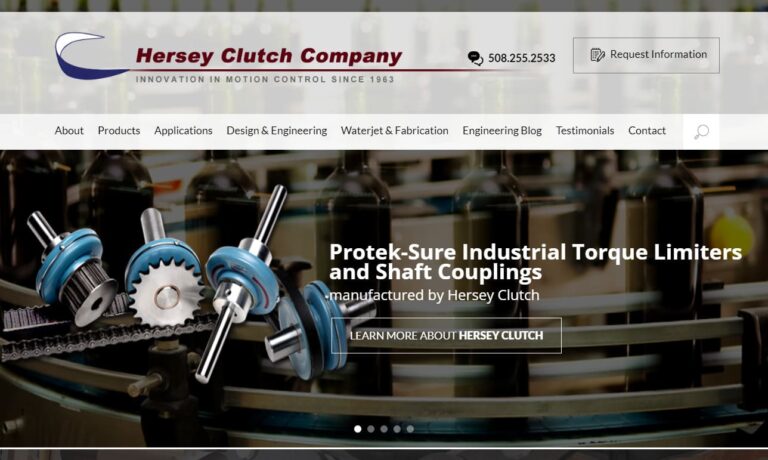
Gam Enterprises is a distributor of Jakob torsion-resistant precision couplings and safety couplings for servo drive applications. We also manufacture shaft couplings, gear couplings and rigid shaft couplings. What sets us apart from our competitors is our flexibility in making sure all of our customers' needs are met. Contact Gam today for more information.
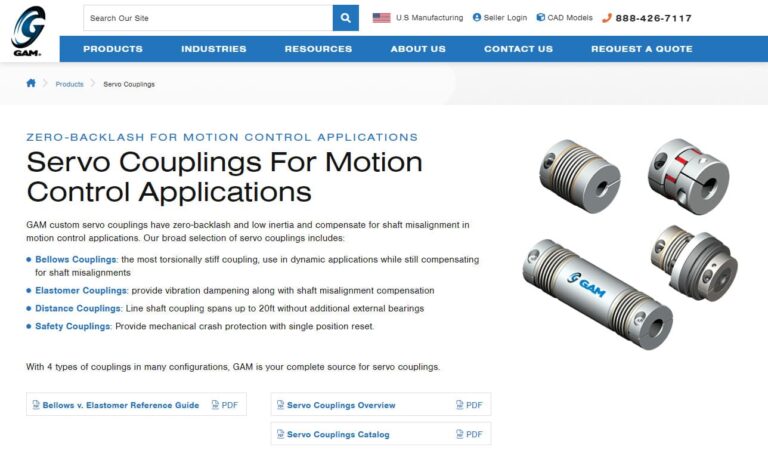
Duraflex, Inc. is a custom and standard manufacturer providing high tech services for metal bellows, rubber bellows, edge-welded bellows, hydroformed bellows, exhaust bellows, couplings, rubber expansion joints, metal expansion joints, fabric expansion joints, pipe, tubing, hose, assemblies and flexible connectors for engineered piping systems.
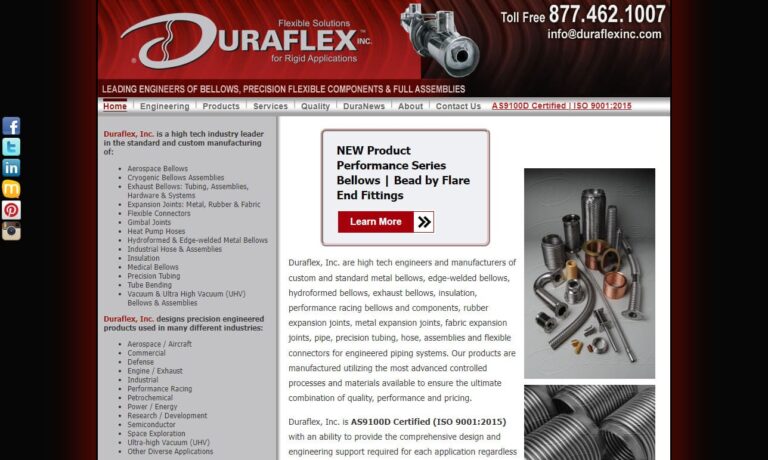
More Shaft Coupling Manufacturers
Applications
Manufacturers install flexible shaft couplings in rotary equipment and machinery in order to connect rotary equipment to shafts and transfer torque. Examples of such machinery and equipment components include driveshafts, line shafts, power transmissions, wheels, and more. They also do things like isolate propeller pulse, dampen driveline vibration, and quiet gear chatter.
Flexible shaft couplings are also found in boats, hydraulic pumps, wind turbines, tube shafts, automobiles, paper making machines, printing machines, compressors, roll formers, and blowers.
Some of the many industries that rely on flexible shaft couplings include aerospace, automotive, construction, metal processing, mining, mineral processing, power general, quarry, and cement.
History
The earliest flexible couplings were used first by the Greeks around 300 BC and later by the Chinese around 25 AD.
Jerome Cardan invented the modern flexible coupling in the 1500s. His model featured a cross, two yokes, and four bearings. Then in 1650, Robert Hooke came up with the first practical application for the Cardan joint (Cardan shaft), which for this reason is sometimes called the Hooke joint. Hooke used the coupling to assist rotating shafts in clock drives.
In 1821, Irishman John Oldham invented the Oldham coupler. His goal was to fix an issue with paddle steamers, but we still use his coupler to this day.
The next advances in flexible couplings happened in 1886, when F.M. Roots theorized that he could modify a rigid coupling to make a more flexible coupling that would stop the shaft from failing. His theory is the basis for modern diaphragm couplings.
During the early 1900s, particularly the 1920s, flexible couplings’ use spread rapidly, and shaft coupling manufacturers popped up all over the United States. Their new popularity was due to the young and booming auto industry; couplings were and are important components of vehicles. One of the most important flexible couplings to early automobiles was the metallic disc coupling. However, until the 1940s, flexible metallic disc couplings were only functional with applications featuring low speeds, low torques, and low levels of misalignment.
Between 1930 and 1945, engineers developed a wide variety of coupling types that we still use today, such as jaw couplings, disc couplings, gear couplings, chain couplings, slider block couplings, and grid couplings. During the late 40s and on through the 50s, manufacturers made tons of improvements in the area of coupling misalignment allowance and power. This was largely in response to the introduction of new equipment, such as rotary equipment, that required lighter weight couplings, couplings that could move faster, and couplings that could accommodate for misalignment.
Today, manufacturers continuously update couplings to accommodate ever-changing technology. While the concept of couplings is basically the same, couplings made now may come in materials, shapes, and sizes that were never possible before. They are also more precise and better made, thanks to CNC technology.
Design
Production Processes
To construct flexible shaft couplings, processes like electroforming, chemical deposition, mechanical forming, and welding can all be used.
Electroforming is a process during which manufacturers add layers of metal to a piece of a mandrel until the couple reaches the perfect thickness.
Chemical deposition is a similar process, except that manufacturers deposit the materials through electrodeposition.
Roll-forming is a continuous shaping process that involves shaping metal via contoured forming rolls. It is quite common.
Extrusion is another common machining technique for manufacturers who perform mechanical forming. It involves feeding metal stock through a shaped die so that it takes on the shape of that die.
Welding of couplings involves welding together a series of rings or washers from the outside and the inside for maximum strength.
Materials
Most often, manufacturers make flexible couplings using aluminum or stainless steel. Aluminum flexible couplings offer the advantages of a low price and a light weight, while stainless steel flexible couplings offer the advantages of superior strength, increased corrosion resistance, and improved torque capacity.
Types
Flexible shaft couplings can be divided into three primary categories based on their flexibility and intended use: mechanical, elastomeric, and metallic membrane. Besides these, a number of manufacturers also create various types of shafts for custom or specialized applications.
Mechanical Flexible Couplings
Mechanical flexible couplings are composed of a number of fitted parts that loosely slide or roll by one another. Though they require periodic lubrication and maintenance, they are good investments. They allow high degrees of angular misalignment while maintaining high torsional rigidity.
Jaw couplings, also known as spider couplings, are composed of two metal hubs pressed into an elastomeric part called the spider. They are used for applications where vibration must be limited. In addition to vibration dampening, jaw couplings offer many advantages, such as their resistance to moisture, dirt and sand, and grease and oil. Also, they do not need lubrication to work. The main disadvantage of this type of coupling is the fact that they struggle with misalignment.
Oldham couplings are compact couplings that offer extra leeway for nonlinearly aligned shafts. They feature three discs; one is coupled to the input shaft, one is coupled to the output shaft, and one is coupled to the others using a tongue and groove on each side. The tongue and groove sets are perpendicular to one another. The input and output shafts and the middle disc all move at the same rpm speed.
Servo couplings are couplings that transfer torque with low inertia, no backlash, and high torsional stiffness.
Uniflex couplings are one-piece couplings designed to tackle high shaft misalignment, high temperatures, and space constraints. They are used for applications in a variety of industries, including textiles, robotics, printing, conveying, packaging, agriculture, and more.
Encoder couplings are couplings that manufacturers attach to connect encoder shafts with rotating shafts.
Spacer couplings are couplings installed in between a pump shaft coupling hub and a motor shaft coupling hub. Used in pumps, they create enough space for the user to remove the seal during maintenance without damaging or moving anything.
Elastomeric Flexible Couplings
Elastomeric flexible couplings are lightweight couplings that transmit torque between metallic hubs using material like rubber or plastic. In addition to their light weight, elastomeric flexible couplings offer high vibration dampening, an inexpensive price, tolerance to high degrees of misalignment, resilience, and shock absorption. Also, they don’t require lubrication.
Bellows couplings are one of the most popular types of elastomeric flexible couplings. Bellows couplings connect shafts that need more flexibility or are not linear in their alignment.
Bush pin flange couplings are elastic couplings with shafts that are only slightly misaligned. They feature a rubber bushing that absorbs vibration and shock.
Metallic Membrane Flexible Couplings
Metallic membrane couplings are somewhat expensive flexible couplings that, unlike most, do not usually permit offset misalignment. They are, however, low maintenance and do not require lubrication. Typically, metallic membrane flexible couplings offer flexibility via bendable membranes.
Fluid couplings are couplings that work alongside flexible couplings, though they are not necessarily flexible couplings themselves. They work by transferring energy through oil by way of a pump. They are often used as motor couplings, offering the ability to start with a low load, shock absorption and overload protection. They gain an allowance for misalignment when manufacturers pair them with flexible couplings.
Universal joints, or universal couplings, work in a similar manner to provide a full range of motion. They allow the shaft to rotate and bend while still providing torque to the wheels. The central hub of the universal joint is where the shaft is joined to the third element. This allows for more bending than in a flexible shaft coupling.
Gear couplings are also used in similar applications, and transfer rotary motion at a 90-degree angle. A gear coupling is designed like a sprocket and it connects shafts while providing torque at the same time. If equipment is designed with more than 5 degrees of misalignment, manufacturers use universal joints or gear couplings for maximum flexibility.
Advantages
Misalignment Management
One of the biggest advantages of flexible shaft couplings are their ability to function in the face of different types of misalignment.
Misalignment occurs during operation when the shaft’s axis of rotation becomes skewed. This can happen because of movement, vibrations or bumps during motion. Parallel misalignment occurs when the shafts’ rotational axes become parallel to each other. Angular misalignment is when the shafts intersect at an angle, and skewed misalignment occurs when both axial and angular misalignment take place at once.
Axial Displacement Accommodation
Besides accommodating misalignment, flexible shaft couplings have other important functions in mechanical equipment. End float, another term for axial displacement, is the result of the shafts moving away from or towards each other on their axes. Flexible shaft couples can help to accommodate this by absorbing shocks and dampening vibrations.
Accessories
Examples of flexible shaft coupling accessories that you may require include coupling grease/lubricant, fitting kits, coupling encoder attachments, keyway connections, nuts and bolts, repair kits, and more.
Coupling grease/lubricant: Coupling grease or lubricant is a type of lubrication specifically designed for shaft couplings. Its primary purpose is to reduce friction and wear between the mating surfaces of the coupling components, such as the hubs and the inserts. By providing adequate lubrication, the coupling operates smoothly, with reduced heat generation and wear, thus increasing its lifespan. Regular maintenance involves reapplying grease or lubricant to maintain optimal performance.
Fitting kits: Fitting kits are accessory packages that contain a variety of tools and components necessary for the proper installation and maintenance of shaft couplings. These kits often include items such as torque wrenches, alignment tools, shims, and other hardware needed to ensure precise alignment and secure coupling attachment. Fitting kits are valuable in ensuring that the coupling is installed correctly and maintained in good condition throughout its operational life.
Coupling encoder attachments: Coupling encoder attachments are specialized components used to integrate encoders with shaft couplings. An encoder is a device that provides feedback on the rotational speed and position of the connected shafts. By adding an encoder attachment to the coupling, it becomes possible to obtain accurate data on the motion and position of the coupled system. This information is critical in applications where precise control and monitoring are essential, such as robotics, CNC machines, or automated systems.
Keyway connections: Keyway connections are a traditional method of connecting a shaft to a coupling hub. The keyway is a slot machined into both the shaft and the coupling hub, and a key is inserted into the slot, linking the two components. This arrangement provides a strong and rigid connection, allowing the coupling to transmit higher torques without slipping. Keyway connections are commonly used in heavy-duty applications, such as large industrial machines and equipment.
Nuts and bolts: Nuts and bolts are standard fasteners used to secure the coupling components together. These accessories play a crucial role in ensuring that the coupling remains properly assembled and securely attached to the shafts. Using high-quality nuts and bolts is essential to prevent loosening and disengagement during operation, which could lead to coupling failure and potential damage to the machinery.
Repair kits: Repair kits are convenient packages that include replacement parts for common wear components in shaft couplings. These components may include inserts, bushings, bolts, or other elements that are susceptible to wear or damage over time. Having a repair kit on hand allows for quick maintenance and replacement of worn parts, reducing downtime and extending the overall lifespan of the coupling.
To determine the specific accessories required for a particular shaft coupling, one must consider various factors, including the application’s operating conditions, the required torque and speed, and the coupling’s design and specifications. Manufacturers of shaft couplings often provide detailed guidelines and recommendations for selecting the appropriate accessories based on their product offerings.
These accessories can be acquired from different sources, including authorized distributors, industrial supply stores, and directly from the coupling manufacturer. It is crucial to ensure that the accessories comply with the coupling’s specifications and quality standards to ensure proper functioning, safety, and reliability.
Regular maintenance is vital for optimal coupling performance. Proper lubrication, periodic checks, and adherence to manufacturer guidelines for installation and usage contribute to efficient coupling operation and mitigate the risk of unexpected failures. Investing in high-quality accessories and diligent maintenance practices can significantly extend the lifespan and enhance the overall performance of shaft couplings in various industrial and mechanical applications.
Standards
Shaft couplings are critical components in various industries, and adherence to international standards ensures their safety, reliability, and performance consistency. Several ISO (International Organization for Standardization) standards are relevant to shaft couplings, such as ISO 14691, ISO 16021, ISO 13041, and ISO 6336, among others. These standards cover various aspects, including terminology, dimensions, performance testing, and design guidelines for different types of couplings, such as rigid, flexible, and gear couplings.
The importance of adhering to these standards lies in ensuring the compatibility and interchangeability of couplings across different manufacturers and applications. Standardization also promotes uniformity in coupling design, materials, and manufacturing processes, leading to increased safety and ease of maintenance. Compliance with ISO standards provides a common language for engineers, manufacturers, and end-users, facilitating communication and understanding between parties involved in coupling selection and usage.
To determine which standards apply to their specific use of shaft couplings, individuals can refer to ISO’s website or contact the relevant national standards organizations. Additionally, coupling manufacturers often provide information and documentation about the ISO standards their products meet. Consulting with experts or engineers with expertise in the field can also help in understanding and identifying the appropriate standards for a particular application.
Using shaft couplings that fail to meet relevant ISO standards can have serious consequences. These couplings may not perform as expected under the designated loads, speeds, or environmental conditions, leading to premature wear, coupling failure, and potential damage to connected machinery or equipment. Non-compliant couplings may also lack safety features or undergo inadequate testing, increasing the risk of accidents, downtime, and costly repairs.
On the other hand, the benefits of using shaft couplings that meet ISO standards are numerous. Compliant couplings offer a high level of confidence in their performance and reliability. They have been rigorously tested under various conditions, ensuring that they can withstand the specified torque, misalignment, and environmental factors. ISO-compliant couplings also adhere to recognized design practices, ensuring proper fit and function with standard components and equipment. Additionally, using compliant couplings can simplify maintenance, as spare parts and replacements are more readily available and interchangeable.
In summary, adherence to ISO standards in shaft coupling design and manufacturing is crucial for ensuring safe, reliable, and consistent performance. Accessing information about applicable standards can be done through ISO’s official channels or industry experts. Choosing non-compliant couplings can lead to operational risks, damages, and increased maintenance costs, while the use of ISO-compliant couplings brings peace of mind, enhanced reliability, and the benefits of standardized design and performance across various applications.
Choosing the Right Manufacturer
To get the best flexible shaft couplings for your application, you need to work with an experienced coupling manufacturer. To aid you in your search for such a manufacturer, we have listed several shaft coupling suppliers that we know and trust. You will find their information on this page. Before checking them out, we recommend you spend some time writing down your specifications and requirements. That way, when you go to look at the manufacturers, you will be able to more quickly sift through them and determine which ones might work best for you. Also, when you go to talk to your top picks (we recommend three or four), your specifications list will help you focus your conversation.
The right manufacturer will not only offer the products you seek but will also offer them at a high quality within your budget and offer acceptable delivery options. Also, note that some manufacturers create couplings for many different applications, while others specialize in couplings for automotive use (e.g. flywheel couplings, torque limiters, driveshafts, tyre couplings, etc.) or industry-specific equipment. The right type of manufacturer for you in this regard will depend on the details of your application. Bearing all of this in mind, get to looking, and happy hunting!

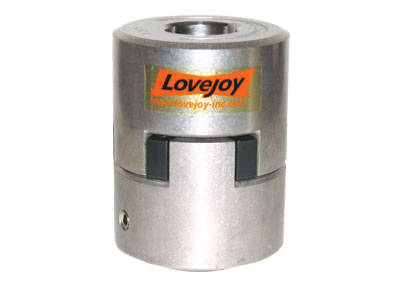
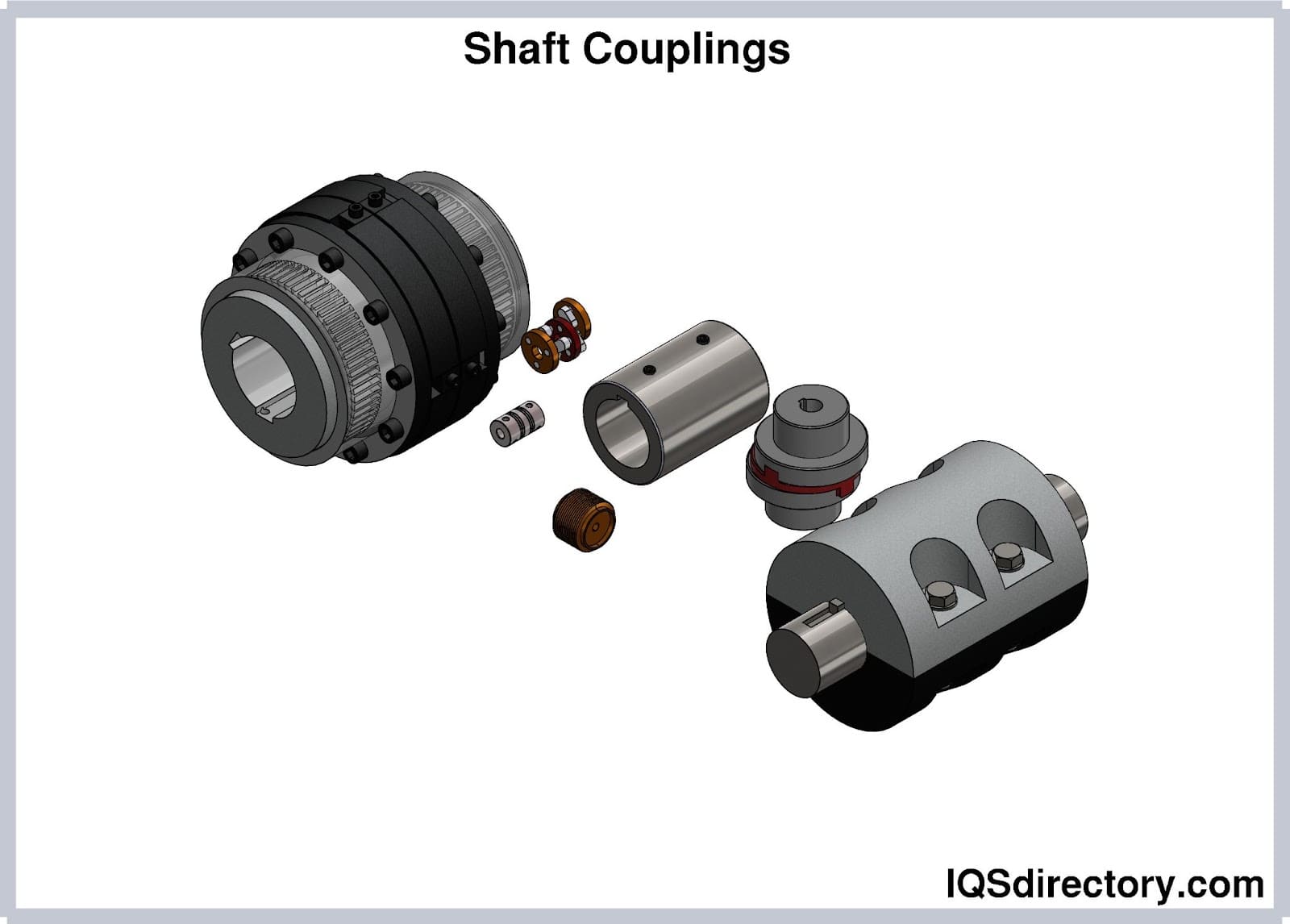

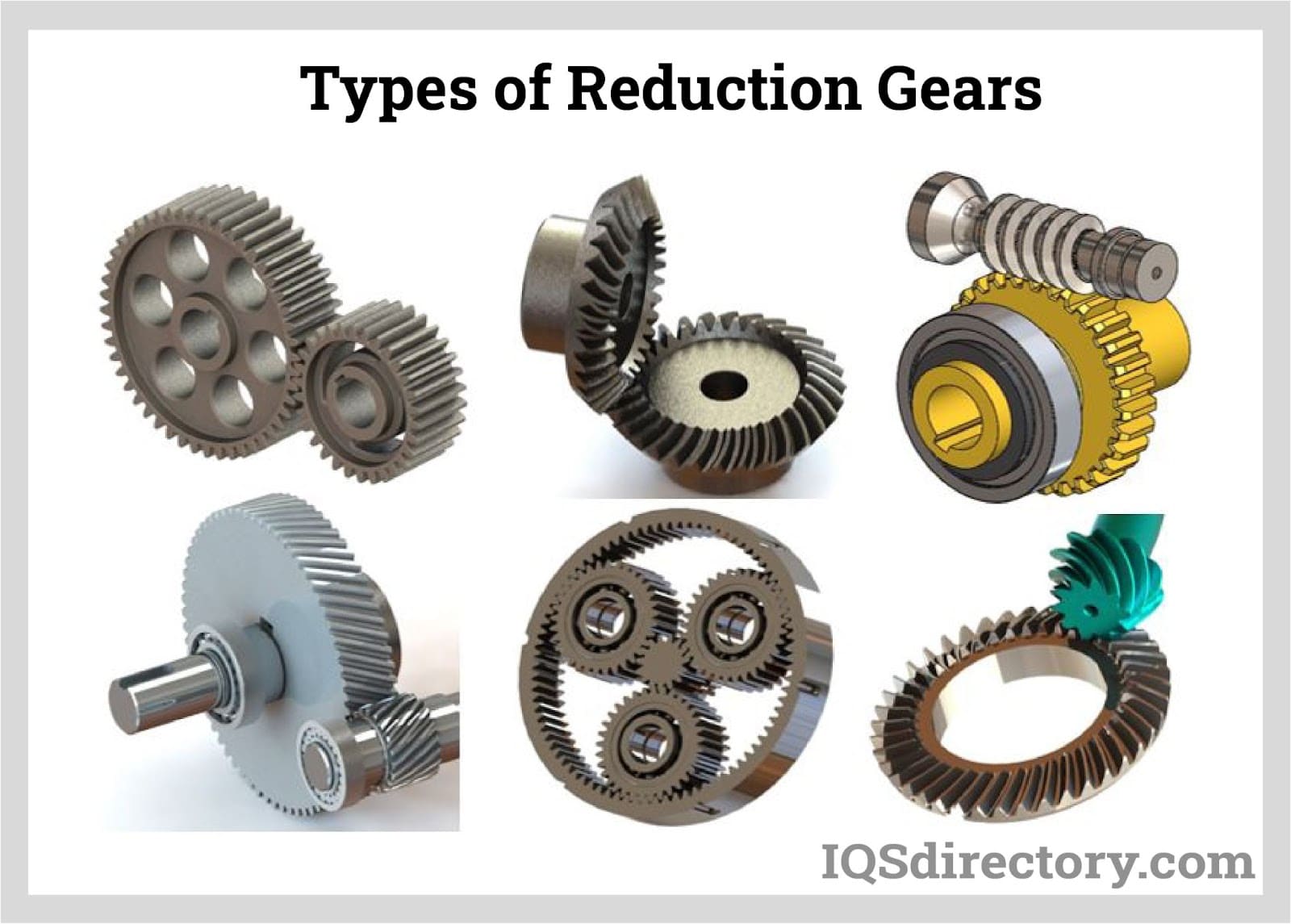
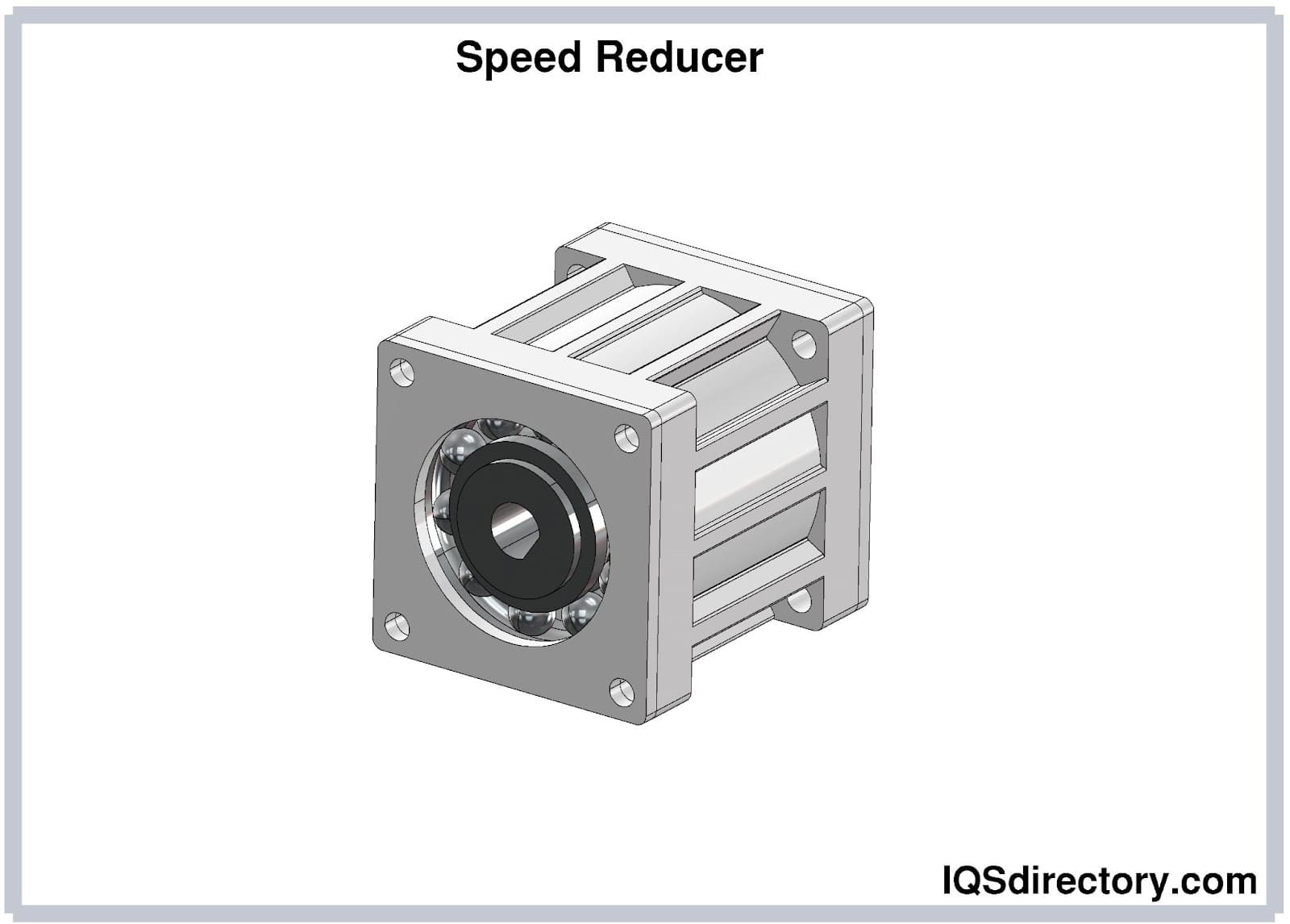
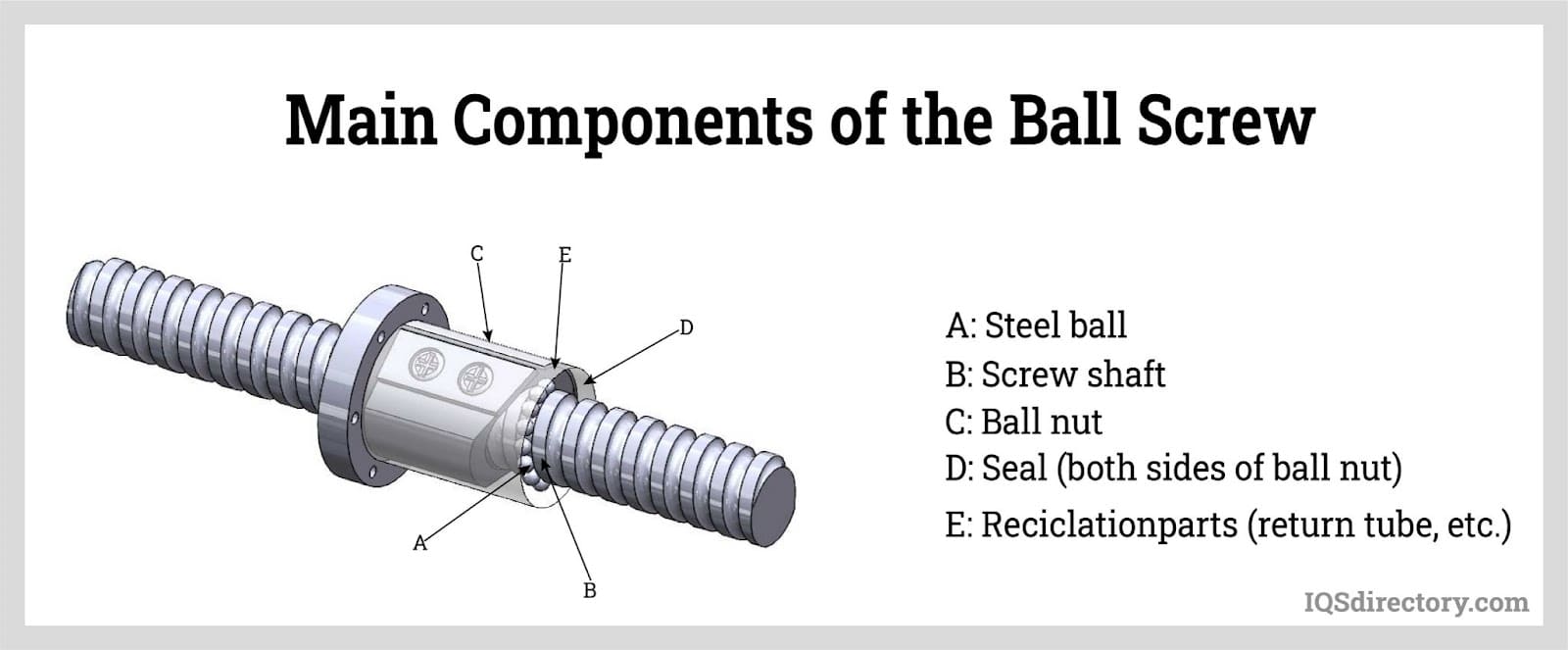
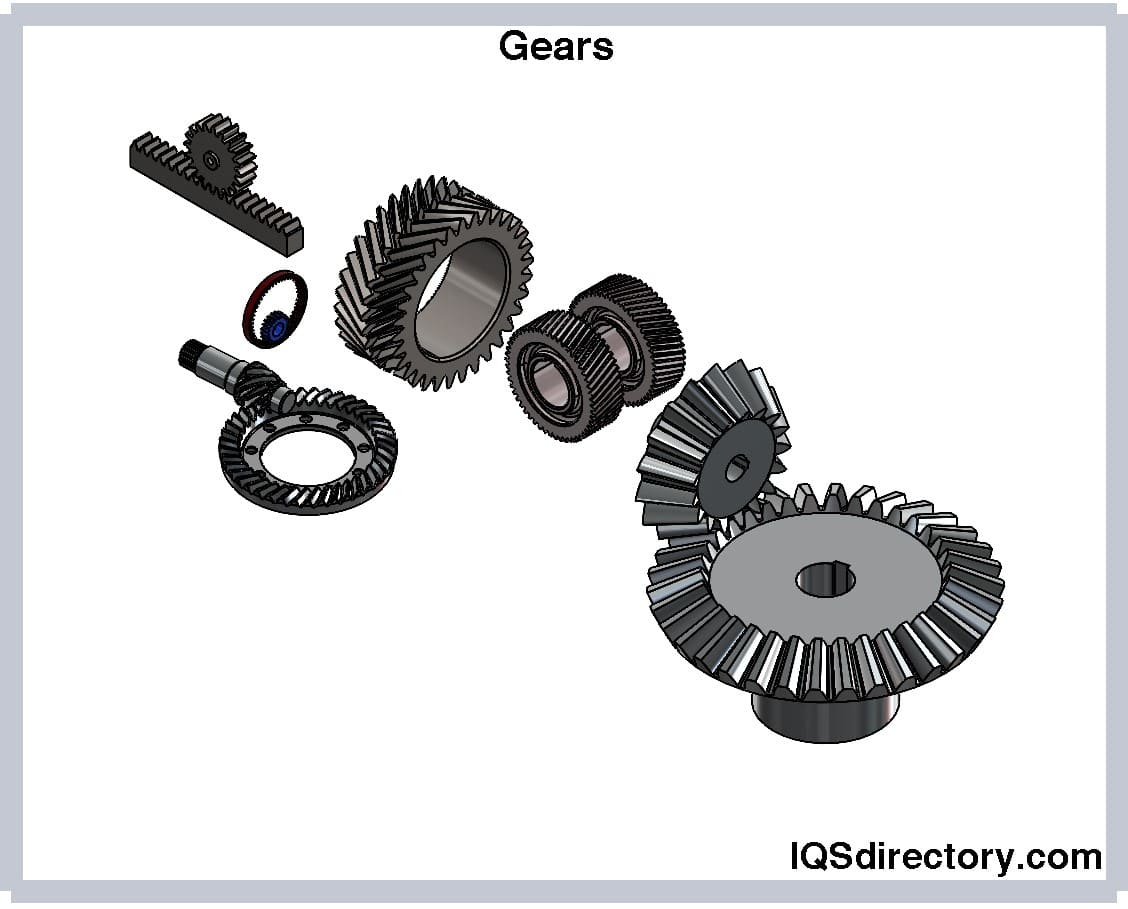
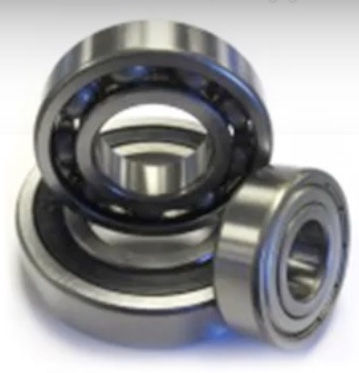 Ball Bearings
Ball Bearings Ball Screws
Ball Screws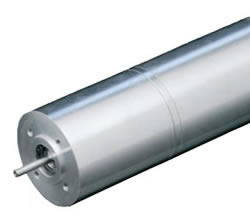 Electric Motors
Electric Motors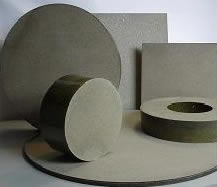 Friction Materials
Friction Materials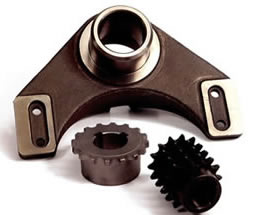 Gears
Gears Quick Release Couplings
Quick Release Couplings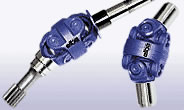 Shaft Couplings
Shaft Couplings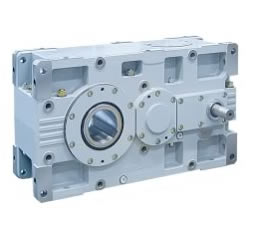 Speed Reducers
Speed Reducers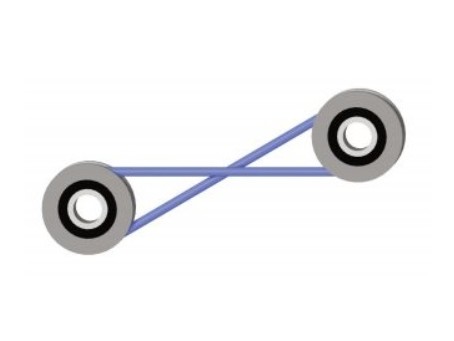 Timing Belting
Timing Belting Castings & Forgings
Castings & Forgings Bulk Material Handling
Bulk Material Handling Electrical & Electronic Components
Electrical & Electronic Components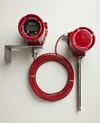 Flow Instrumentation
Flow Instrumentation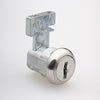 Hardware
Hardware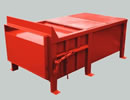 Material Handling Equipment
Material Handling Equipment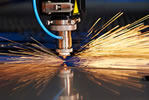 Metal Cutting Services
Metal Cutting Services Metal Forming Services
Metal Forming Services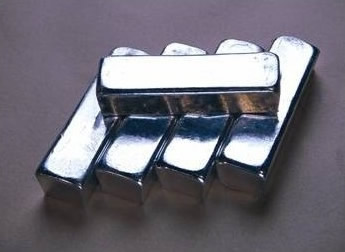 Metal Suppliers
Metal Suppliers Motion Control Products
Motion Control Products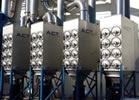 Plant & Facility Equipment
Plant & Facility Equipment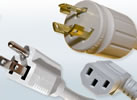 Plant & Facility Supplies
Plant & Facility Supplies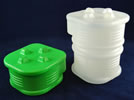 Plastic Molding Processes
Plastic Molding Processes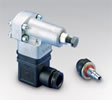 Pumps & Valves
Pumps & Valves Recycling Equipment
Recycling Equipment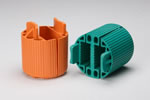 Rubber Products & Services
Rubber Products & Services